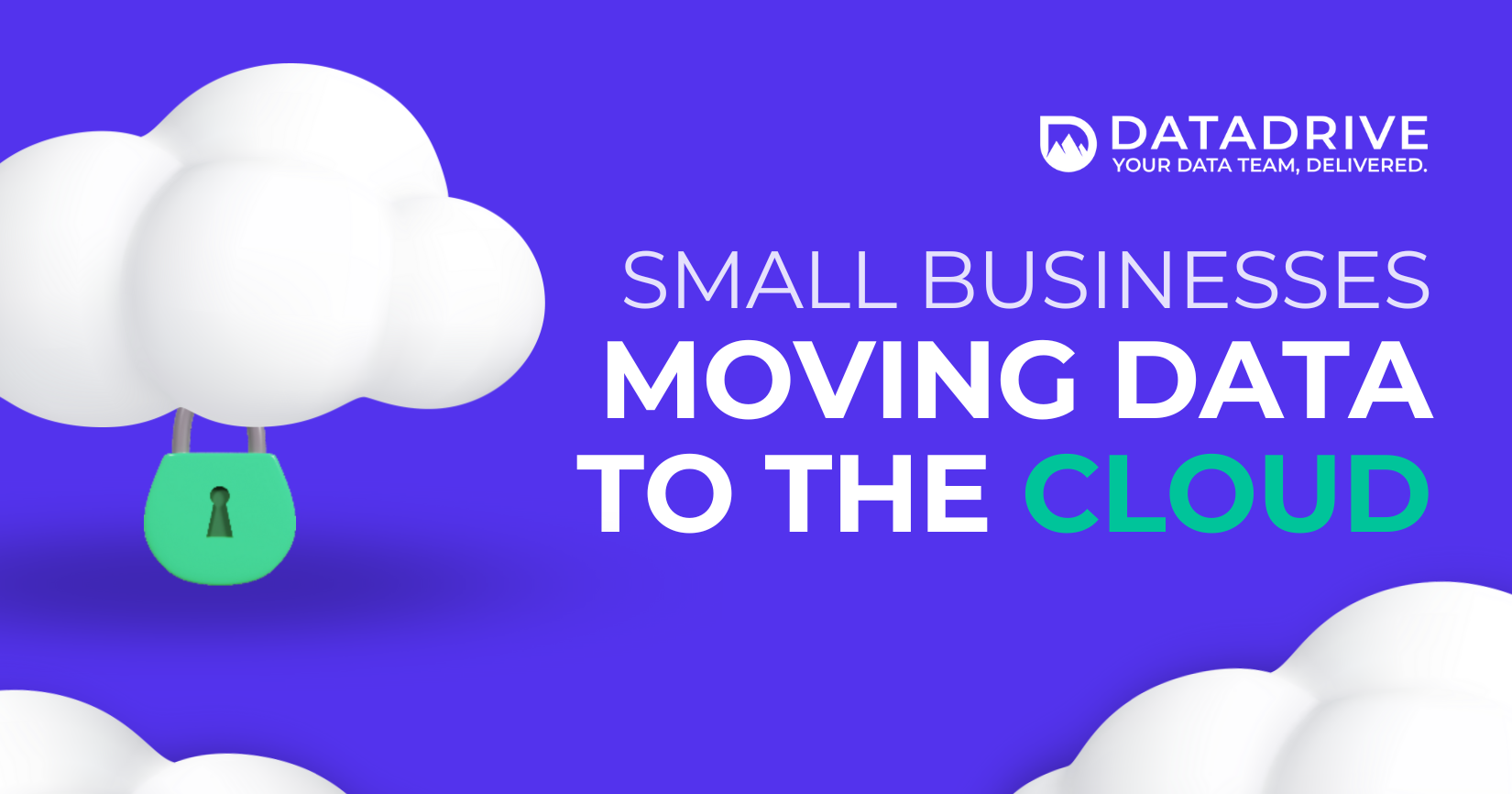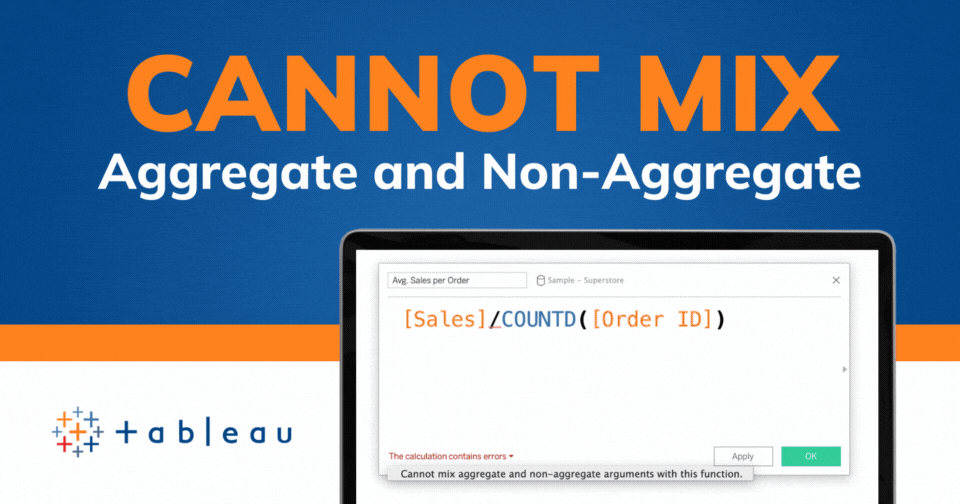Tableau Conference 2025 | Know Before You Go
If you’re a data enthusiast, analytics professional, or just someone curious about Tableau’s latest innovations, the Tableau Conference 2025 is your...

Today’s businesses need to be scalable, agile, and responsive to remain competitive. Moving to the cloud for data analytics is vital for achieving those things.
Thanks to the evolution of cloud technologies, advanced analytics no longer need be exclusive to large enterprises with full teams of data scientists. No longer do small businesses have to face the choice between investing in costly upgrades or going without vital insight into their operations. Thanks to the cloud, every organization, no matter how large or small, can now harness the benefits of data analytics.
Shifting workloads to the popular software-as-a-service (SaaS) model has been a top priority for organizations for over a decade. Demand has further increased due to the meteoric rise of hybrid work, in which employees rely on cloud-hosted apps and services to do their jobs. Given the increasingly essential role of data-driven insights in business decision-making, it shouldn’t be hard to see why it’s also time to move data analytics to the cloud.
Here are some key reasons why:
#1. Reduce reliance on in-house solutions
Data analytics is computationally demanding, especially given the increasingly massive data footprints that today’s companies have. Hardware and software requirements are growing all the time, along with the amount of data. All that data needs to be stored, organized, governed, and secured before it can be leveraged effectively for business intelligence. Moreover, it costs a lot to maintain an in-house data science team, especially with the demand for top talent far outstripping availability.
Migrating data analytics to the cloud does away with reliance on in-house data centers or other hardware and software. That means there’s little, if anything, to maintain on-site, thus reducing your digital footprint dramatically. You’ll still need the right expertise on hand to maximize the effectiveness of your data strategy, but there are also options for tapping into that expertise on demand, just as is the case with cloud software.
%20(5).png?width=216&name=MOVING%20DATA%20TO%20THE%20CLOUD%20(1200%20%C3%97%201000%20px)%20(5).png)
#2. Scales with and adapts to demand
With the amount of data being generated doubling every two years, many smaller businesses find themselves struggling to keep up with their increasingly enormous data footprints. When your data projects start using ever more resources, it’s never long before in-house systems end up in desperate need of costly upgrades in order to keep up with demand. Not being able to grow your infrastructure ends up being a severe bottleneck in the way of business growth.
Scalability and adaptability are among the main inherent benefits of cloud computing. You pay only for the computing resources and data storage you need, and with the right strategy, you can avoid over-provisioning or under-provisioning. For example, popular data warehousing service Snowflake provides auto-scaling to automatically start and stop server clusters based on real-time usage.
#3. Champion a new, data-driven culture
The rise of remote and hybrid work would have been almost impossible without the cloud. In spite of this, however, many businesses struggle to maintain a strong corporate culture when people are working in different locations and environments. This often comes down to a lack of suitable tooling. To be productive and efficient, it’s vital that knowledge workers have access to relevant data-driven insights.
Moving analytics and other core business services over to the cloud lays out the infrastructure needed upon which to build a data-driven company culture. When everyone has access to the same data via easily customizable dashboards displaying insights that are relevant to them, data becomes woven into the entire mindset of your organization. And, because the platforms are hosted in the cloud, everyone has access to the insights they need no matter where they are, when they’re working, or which devices they’re using.
#4. Gain vital business insights faster
Traditionally, data analytics took the form of lengthy reports compiled over days and weeks, before finally being presented at business meetings. Not only is the traditional approach very resource-intensive; it’s also wholly unable to keep up with demand. These delays make you less responsive and adaptable to trends, and that means missing out on lucrative opportunities that more innovative competitors are probably already on board with.
Solutions like Tableau significantly reduce the burden of reporting while ensuring that all key decision makers in your business have access to the insights they need when they need them. The cloud ensures that data and insights are accessible in real time, thus freeing up time for data analysts to focus on more strategic and complex work. Moreover, cloud-based advanced analytics platforms allow for automation, making it possible to respond to sudden market fluctuations in minutes rather than hours and days.
%20(6).png?width=267&name=MOVING%20DATA%20TO%20THE%20CLOUD%20(1200%20%C3%97%201000%20px)%20(6).png)
#5. Connect and integrate your services
One of the biggest barriers to business growth in an increasingly dynamic and unpredictable global market is data siloes. In a siloed organization, different teams, and even employees in the same team, use different systems to access the data they need. This hinders collaboration, particularly in hybrid work environments, and makes it much harder to preserve a business-wide corporate culture.
When your entire business uses the same data analytics stack, everyone has access to the same database, thus eliminating ambiguity and maintaining high data quality. For example, a data warehousing platform like Snowflake, combined with a unified cloud-scale analytics platform like Sigma, empowers people from across teams to explore, analyze, visualize, and act on data quickly.
How to get started on your data journey
While the cloud certainly isn’t a panacea for all your data analytics challenges, it does provide the foundation and solutions necessary to build a truly scalable and agile data analytics stack. The first step is to clearly define the metrics that matter to your business and its constituent departments. The next step is to build a data team that will be responsible for aligning business strategy and data by optimally implementing and maintaining your data analytics stack. Small businesses in particular rarely have the budgets nor the need to hire a fully staffed in-house team of data scientists and analysts, but partnering with a data-team-as-a-service provider is a highly effective alternative.
DataDrive is your managed workforce for data analytics. We combine our end-to-end Analytics Accelerator platform with domain-specific expertise to help you realize the full potential of your data.
Start your data journey with our Analytics Accelerator program.
-2.gif)
If you’re a data enthusiast, analytics professional, or just someone curious about Tableau’s latest innovations, the Tableau Conference 2025 is your...

Tableau Plus is the new premium offering from Tableau, a leading data visualization and business intelligence platform. It builds upon the...

If you've spent any time working with Tableau, you've likely encountered the dreaded "Cannot Mix Aggregate and Non-Aggregate Arguments" error. It's a...